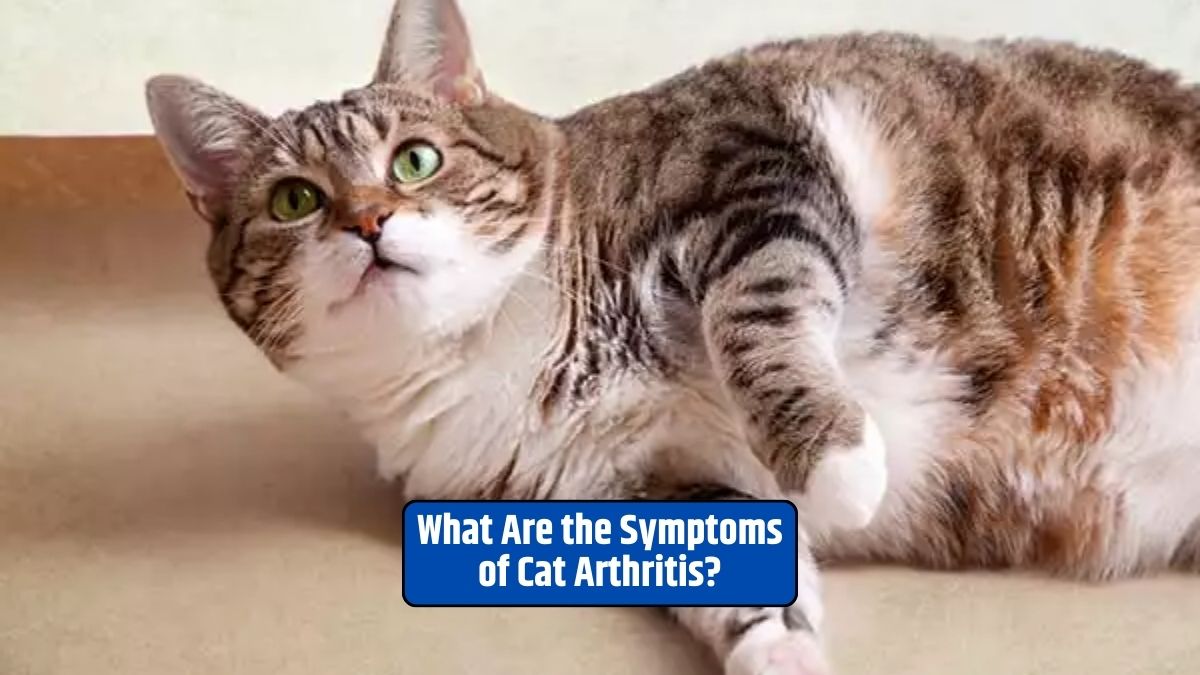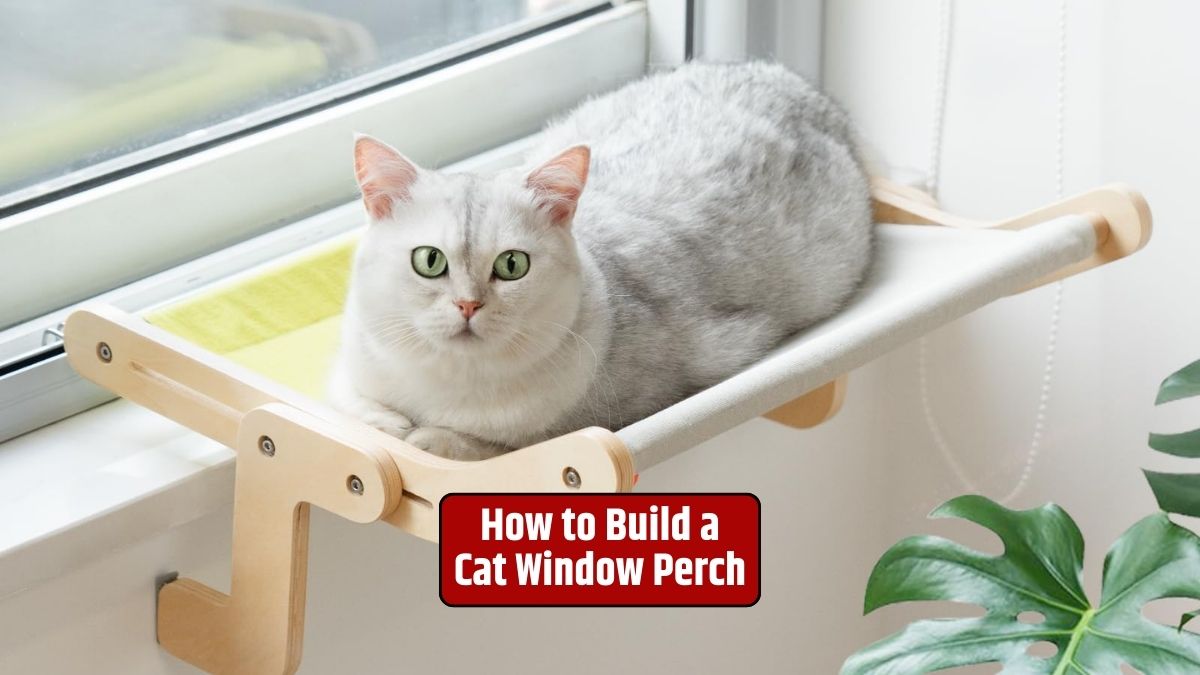Cats are known for their agility and grace, but like any living beings, they can face health issues as they age. One common concern among older cats is arthritis.
While these symptoms may not always be obvious, recognizing the signs of cat arthritis is essential to ensure your feline friend’s well-being. In this article, we will explore the symptoms of cat arthritis and provide insights into how to address this condition.
Cat Arthritis
Before delving into the symptoms, it’s crucial to have a basic understanding of what cat arthritis is. Arthritis, also known as osteoarthritis or degenerative joint disease, is a common condition in which the joints and cartilage undergo degeneration. This can lead to pain, stiffness, and decreased mobility in affected joints.
Common Symptoms
- Limping or Altered Gait: One of the most noticeable signs is a change in your cat’s gait. They may limp, favor one leg, or have difficulty putting weight on a specific joint.
- Stiffness: Arthritic cats often experience stiffness, especially after periods of inactivity. You might notice your cat having difficulty getting up or climbing stairs.
- Reduced Activity: Cats with arthritis tend to become less active. They may no longer jump onto high surfaces or engage in play as they used to.
- Behavioral Changes: Chronic pain can lead to changes in your cat’s behavior. They may become irritable, withdraw from social interactions, or even become aggressive due to the discomfort.
- Reluctance to Be Touched: Arthritic cats may become sensitive to touch, particularly around the affected joints. They may react with aggression or vocalization when petted.
- Changes in Litter Box Habits: Painful joints can make it challenging for a cat to get into the litter box. This might result in accidents outside the box.
- Muscle Atrophy: Over time, a cat with arthritis may experience muscle atrophy (loss of muscle mass) in the affected limb due to decreased use.
- Excessive Grooming: Cats in pain may groom excessively, attempting to soothe themselves. This can lead to fur loss or skin irritation.
Diagnosing
If you observe any of these symptoms in your cat, it’s crucial to seek a veterinarian’s advice for a proper diagnosis. Your vet may perform a physical examination and possibly recommend X-rays or other diagnostic tests to confirm the presence and severity of arthritis.
Managing
While there is no cure for cat arthritis, various treatment options can help alleviate your cat’s pain and improve their quality of life. These may include:
- Pain Medications: Your vet may prescribe pain relief medications to manage your cat’s discomfort.
- Joint Supplements: Some supplements, like glucosamine and chondroitin, can promote joint health.
- Weight Management: Maintaining a healthy weight is crucial to reduce stress on arthritic joints.
- Physical Therapy: Gentle exercises and physical therapy can help improve joint mobility.
- Environmental Adaptations: Make your home more arthritis-friendly by providing ramps, soft bedding, and easy access to litter boxes.
Conclusion
Recognizing the symptoms of cat arthritis is the first step in ensuring your feline companion’s well-being. If you suspect your cat is suffering from arthritis, consult your veterinarian for a proper diagnosis and guidance on managing this condition.
With the right care and attention, your cat can continue to enjoy a comfortable and fulfilling life.
FAQs
Can young cats develop arthritis?
While it’s more common in older cats, young cats can also develop arthritis, particularly if they have underlying health issues or injuries.
Is there a specific breed that is more prone to arthritis?
Arthritis can affect cats of all breeds, but some larger and more robust breeds may be more susceptible.
Can I use over-the-counter pain relievers for my arthritic cat?
It’s essential to consult your veterinarian before giving any medications to your cat, as some human medications can be toxic to them.
Are there alternative therapies for managing cat arthritis?
Some cat owners explore alternative therapies like acupuncture or laser therapy in addition to conventional treatments. Consult your vet for guidance.
How can I make my home more arthritis-friendly for my cat?
Provide easy access to litter boxes, place soft and warm bedding, and consider ramps or steps for your cat to reach their favorite spots.






